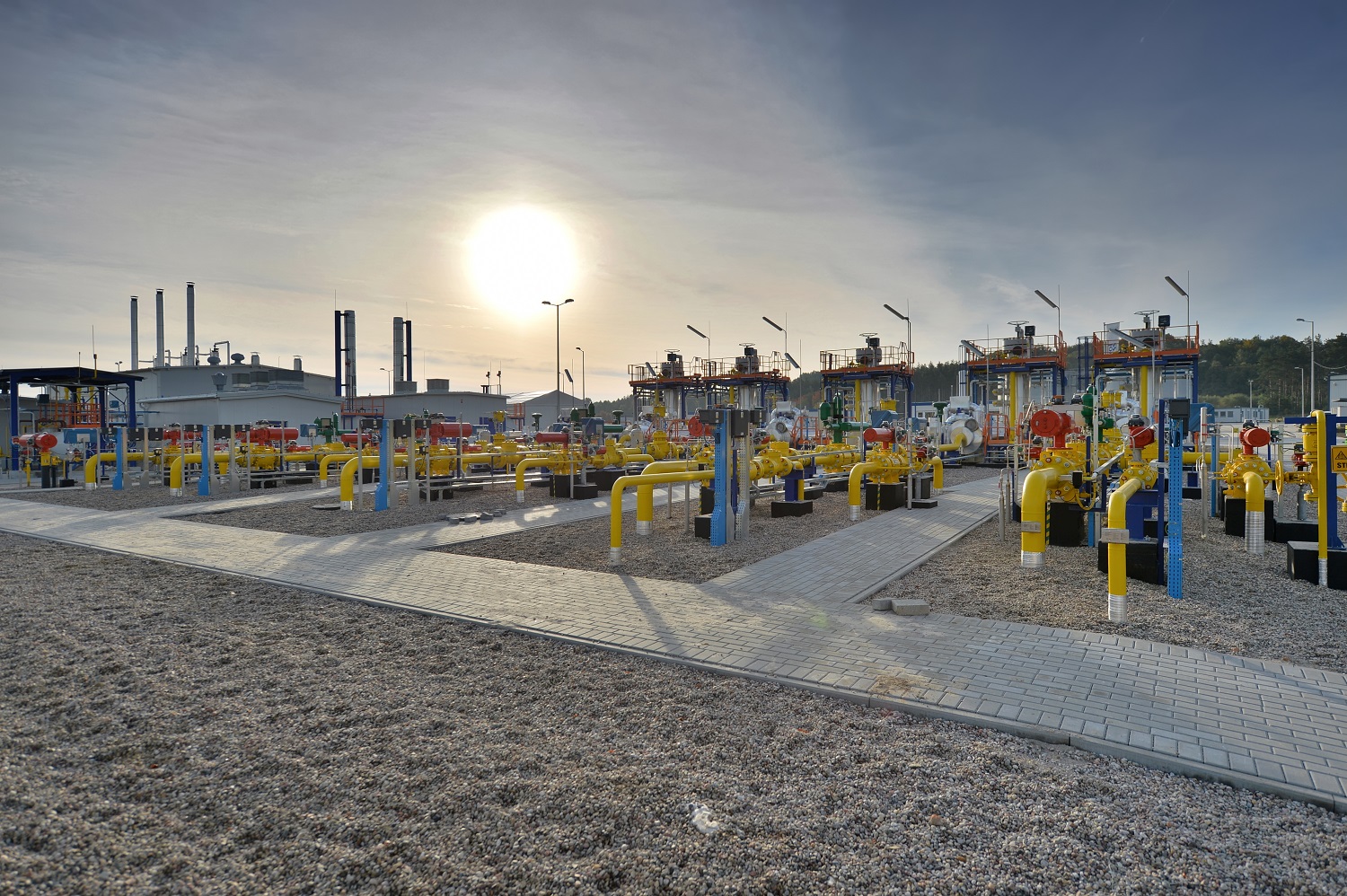Polish Oil & Gas Company has completed the construction of Cluster B at the Kosakowo Cavern Underground Gas Storage Facility (UGSF), a project of strategic importance for Poland’s energy security.
‘Completion of the second stage of the Kosakowo project marks the successful delivery of PGNiG’s storage capacity expansion programme. Over the past decade, we have doubled Poland’s gas stockholding capacity. Besides diversification, it is the main pillar of the country’s gas security,’ said Paweł Majewski, President of the PGNiG Management Board during the official project closing ceremony in Dębogórze, close to Gdynia.
Cluster B at the Kosakowo UGSF consists of five storage chambers with a total capacity of 154.3 million cubic metres of natural gas. The project, launched in 2016, was implemented in stages – with the first three chambers accepted in 2019, and the construction of the two remaining chambers, with a capacity of 60.3 million cubic metres, just now completed. Cluster A, which also consists of five chambers, with a total capacity of 145.5 million cubic metres of natural gas, had been commissioned earlier. That part of the project had been delivered in 2011–2016.
PGNiG owns seven underground gas storage facilities. Following completion of the Kosakowo UGSF project, the total working capacity of PGNiG’s storage facilities will increase from 3,174.8 million cubic metres to 3,235.1 million cubic metres.
Underground gas storage facilities play an important role in stabilising the transmission system and are used to stock up gas, to be used in periods of increased demand during the heating season. Paweł Majewski stressed that PGNiG’s storage facilities are currently filled to 97% of capacity, a level comparable to that seen in previous years at the beginning of autumn. This is in stark contrast to many other European countries where no stocks were built up during the summer. On average, gas storage facilities in Europe are now filled to approximately 77% of capacity, much less than in the same period in previous years (around 95%). The low gas stocks at the start of the heating season are one of the main reasons behind exceptionally high natural gas prices in Europe, the consequences of which are also being felt in Poland.
Although the underground gas storage facilities are owned by PGNiG, they are managed by the PGNiG Group’s Gas Storage Poland. Beata Wittmann, a member of the Gas Storage Poland Management Board, said that the Kosakowo UGSF was one of the most advanced elements of Poland’s gas infrastructure.
‘The Kosakowo UGSF has high capacities for gas injection and withdrawal to the grid, of 2.4 million cubic metres and 9.6 million cubic metres per day, respectively. This high operational flexibility is of key importance in case of potential emergencies, such as unexpected shortages of gas in the transmission network due to interrupted supplies,’ explained Beata Wittmann, Member of the Management Board of Gas Storage Poland.
Gas Storage Poland is a storage system operator and, under the applicable laws and regulations, enables TPA access in a non-discriminatory manner and on equal contractual terms.
PGNiG









